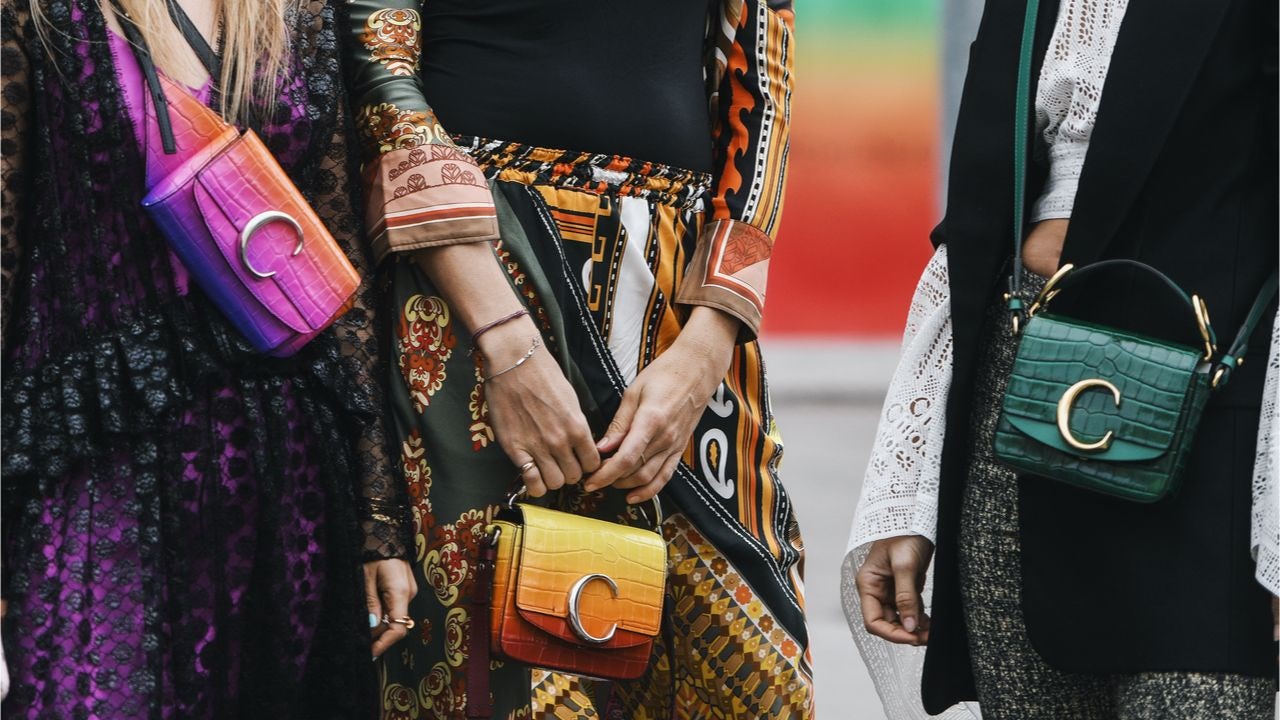It’s no secret that luxury brands have not had it easy in the Greater China market this year — for myriad reasons — but, surprisingly, this has not necessarily translated to a major slowdown in that crucial market. Despite a dragging U.S.-China trade war, a Hong Kong luxury market that remains effectively on ice, and this summer’s yuan devaluation, mainland Chinese consumers continue to shop for luxury both at domestic stores and online.
Of course, some brands continue to benefit more than others. Luxury stalwart Hermès recently pointed out its mainland China stores as a source of strength that drove nearly 20 percent sales growth in its Asia operations. This July, Hermès opened its 26th China location in Xiamen, and is investing in its Chinese-language e-commerce site, hermes.cn.
Kering-owned Gucci said that business it lost this year in Hong Kong was made up for in the mainland owing to more domestic Chinese spending. Tiffany & Co., a current acquisition target of French conglomerate LVMH, has also pursued a more active focus on mainland China operations, with the New York-based brand’s CEO telling Reuters that Tiffany needed to “follow customers where they shop.”
The question now for brands is whether these recent price increases will have any real impact on purchasing behavior in China.
This renewed spending in mainland China has been at least partially driven by a perception of a closing gap between international and China pricing. As one shopper told Reuters, “I don’t feel like there is such a big gap anymore between prices overseas and at home, so when I feel like making a purchase I usually just go straight to the store these days.”
However, according to Chinese press reports, these perceptions may be short-lived, as luxury brands have reportedly enacted a wave of price increases in mainland China. This week, Kuaixun Eastmoney quoted fashion blogger Mr. Bags (previously on Jing Daily) as saying that he has seen many brands, among them Louis Vuitton, Chanel, Dior, and Bottega Veneta, boost prices this month.
Eastmoney points out that Louis Vuitton’s China website has shown a price increase of 4-to-11 percent on various items since November 1, with the brand’s Dauphine handbag rising from 21,300 yuan to 23,200 yuan, its Neverfull handbag rising from 10,000 yuan to 10,900, and the Speedy 25 handbag increasing to 11,800 yuan from 10,900 yuan.
Chanel, too, has increased prices in China approximately 10-to-12 percent since the end of October, while Dior has upped its prices 6-to-14 percent, depending on the item. The price of the popular Saddle bag has increased from 22,000 yuan to 25,000 yuan, while the price of items in its Butterfly pouch collection rose 4-to-10 percent.
Major luxury brands regularly adjust pricing worldwide for a number of reasons, among them currency fluctuations or logistics and manufacturing cost increases, and China is not the only market to see recent price hikes. Brands have also increased prices in South Korea since November 1, with the Beijing Business Daily noting that Louis Vuitton raised prices for various items anywhere from 4-to-7 percent in Korea this month, following a similar (but smaller) price adjustment this past April. Chanel also raised its Korean prices anywhere from 3-to-13 percent depending on the item, while Dior, Bvlgari, and Cartier reportedly plan to soon enact price adjustments in Korea as well.
According to Chinese news reports, brands have noted that rising prices in South Korea are driven in part by an increase in production costs and depreciation of the won.
The recent price adjustments in China are also no surprise considering many brands cut prices in mainland China earlier this year following the country’s VAT reduction policy, in an effort to spur more domestic spending. Louis Vuitton dropped its prices on the official China website an estimated 3 percent at the end of March, although even with this drop, prices remained higher than in the brand’s European stores.
The question now for brands as they look to wrap up a tough 2019 is whether these recent price increases will have any real impact on purchasing behavior in China — and their nascent comeback in that market. Chinese media reports seem to think the answer is that rising prices will do little to dissuade China’s core luxury shopper, who tends to shop based on prestige or item popularity rather than price alone.
This would, of course, be welcome news for major brands as they look to invest more in the market in 2020 — whether online (e.g., Tapestry Inc’s Tmall gamble) or offline (Ralph Lauren and Tiffany’s brick-and-mortar expansion efforts).


